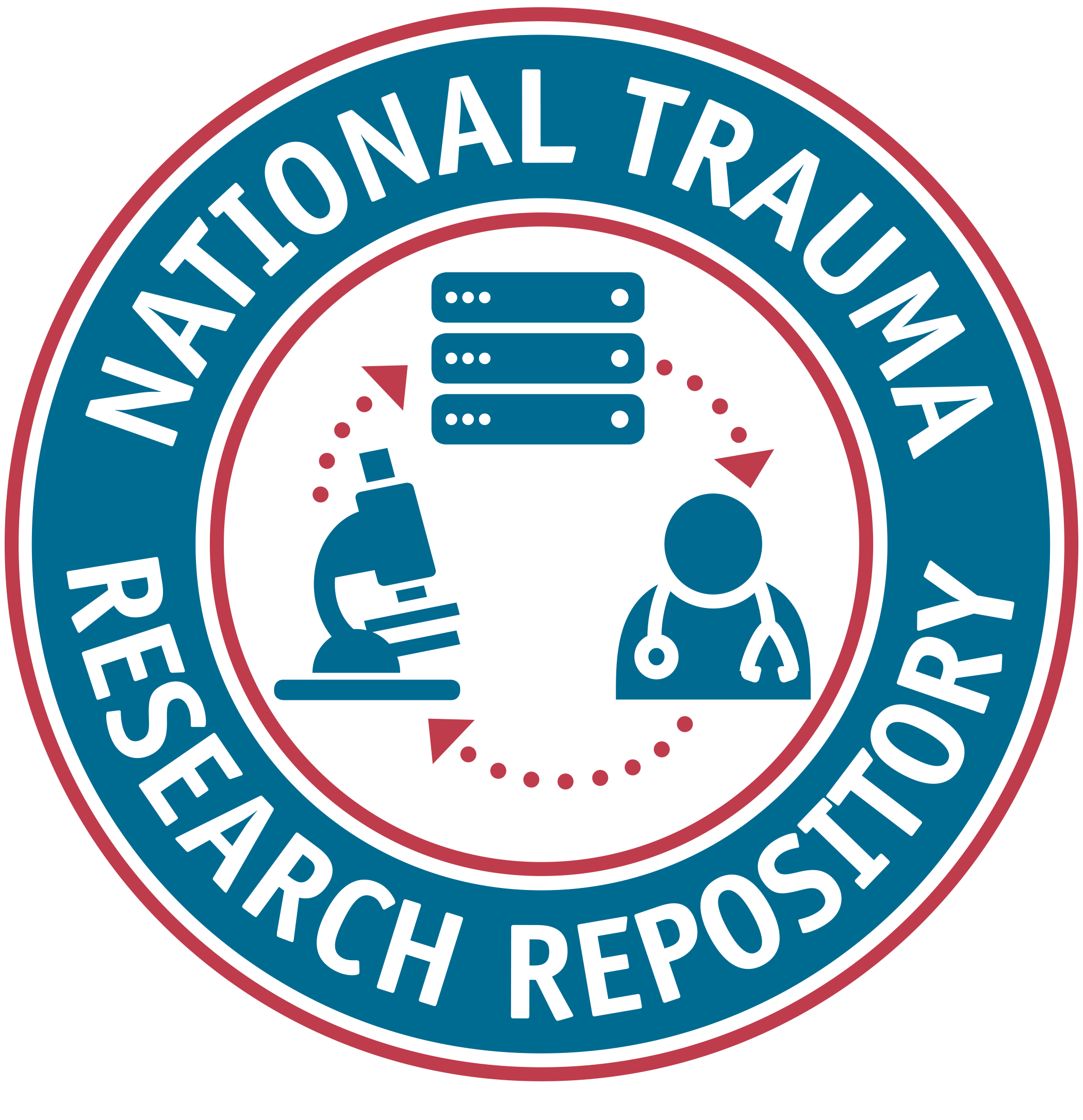Listed below are the details for the data element.
FITBIR
1.4
Element Type
Common Data Element
Perinatal neurologic event other text
PerinatlNeurolEventOTH
Short Description
The free-text field related to 'Perinatal neurologic event type' specifying other text. Type of perinatal neurologic injury
Definition
The free-text field related to 'Perinatal neurologic event type' specifying other text. Type of perinatal neurologic injury
Notes
FITBIR|PDBP;
Creation Date
2014-06-05
Historical Notes
References
GENERAL/TBI: Holden K, Titus M, Van_Tassel P (1999) Cranial magnetic resonance imaging examination of normal term neonates: a pilot study. J Child Neurol 145/9/2011708-710. Pollina J, Dias M, Li V, Kachurek D, Arbesman M (2001) Cranial birth injuries in term newborn infants. Pediatr Neurosurg 35:113-119. Looney C, Smith J, Merck L, Wolfe H, Chescheir N, Hamer R, Gilmore J (2007) Intracranial hemorrhage in asymptomatic neonates: prevalence on MR images and relationship to obstetric and neonatal risk factors. Radiology 242:535-541. Whitby E, Griffiths P, Rutter S, Smith M, Sprigg A, Ohadike P, Davies N, Rigby A, Paley M (Lancet) Frequency and natural history of subdural haemorrhages in babies and relation to obstetric factors. 2004 363:846-851. Towner D, Castro M, Eby-Wilkens E, Gilbert W (1999) Effect of mode of delivery in nulliparous women on neonatal intracranial injury. N Engl J Med 341:1709-1714.
Data Type
Alphanumeric
Input Restrictions
Free-Form Entry
Maximum Character Quantity
4000
Population
Pediatric
Guidelines/Instructions
GENERAL/TBIACUTE/TBIEPID/TBIMOD: Choose all that apply. Response is obtained from report by participant/subject or proxy. Document whether this information was obtained prior to study enrollment or later. Recommend collection as soon as possible after visit/admission. This element is recommended for pediatric studies. TBI as a result of the birth process is a common and well-described phenomenon. A recent study of 97 asymptomatic neonates found that 26% of those born vaginally had TBI identified on a 3T MRI performed an average of 21 days after birth. Unlike TBI due to other causes, the locations of the ICH associated with birth are almost exclusively posterior fossa/occipital lobes. Presenting symptoms due to birth-related TBI can range from none to severe and include apnea, bradycardia and/or seizures.
Preferred Question Text
Other, specify
Category Groups and Classifications
| Disease | Domain | Sub-Domain |
|---|---|---|
| Traumatic Brain Injury | Participant/Subject History and Family History | General Health History |
| General (For all diseases) | Participant/Subject History and Family History | General Health History |
Classification
Traumatic Brain Injury:
Supplemental
Moderate/Severe TBI: Rehabilitation
Concussion/Mild TBI
Acute Hospitalized
Epidemiology
General (For all diseases):
Supplemental
Keywords
Medical_History
Labels
NINDS_CDE





